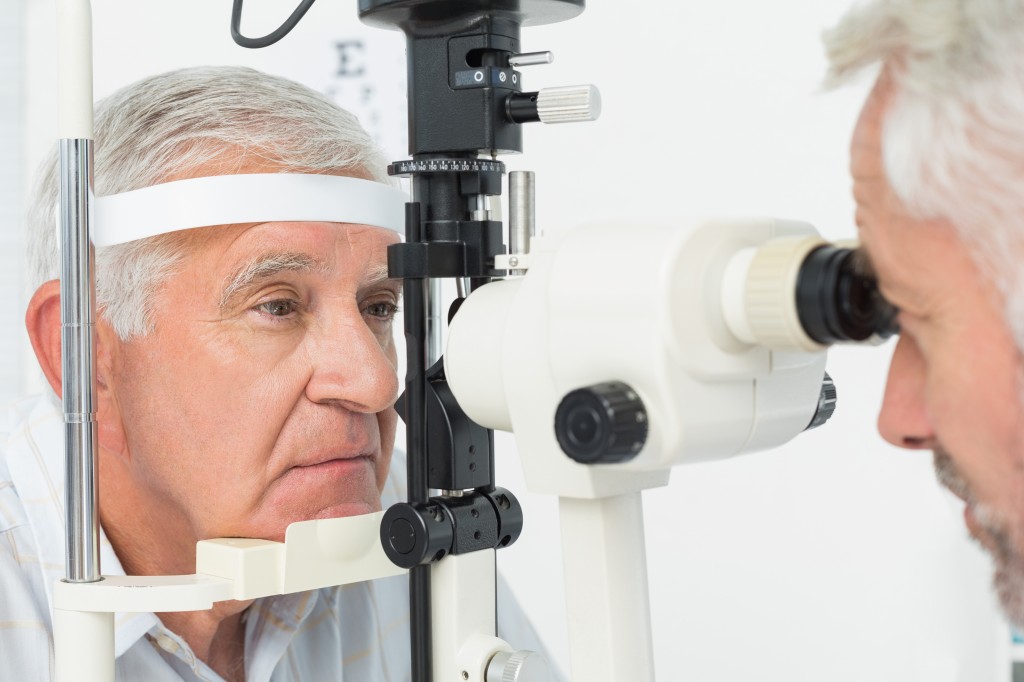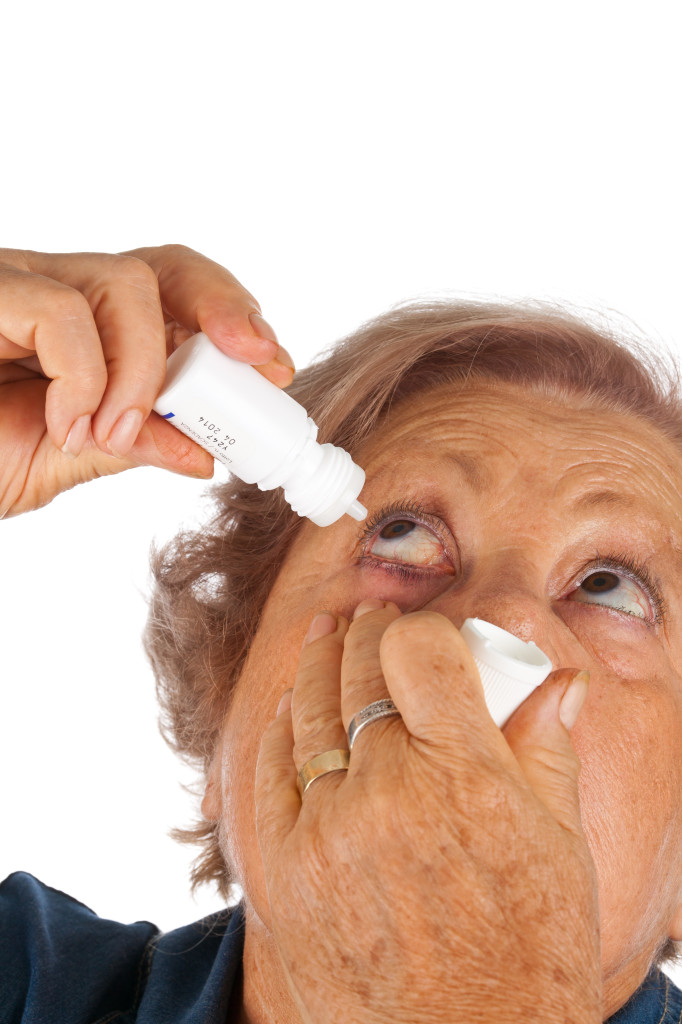Are You at risk for Glaucoma?
As we age, vision and eye health deteriorate. By tackling your eye health problems now, you can prevent or slow the progression of vision loss in the future.
What is Glaucoma?
Glaucoma is a condition that causes damage the eye’s optic nerve and, over time, results in blindness. It’s very important to get regular eye exams where the eye doctor can check for glaucoma. This is the best prevention. With glaucoma there are no early symptoms or pain.
A common type of glaucoma, called “open-angle” glaucoma generally occurs in both eyes and is caused by fluid build-up in the eye between the lens and the cornea. This results in pressure which, if not controlled, will damage the optic nerve and lead to vision loss.
Risk factors for “open-angle” glaucoma include:
- Age: over 40 years old
- Race: Black or Hispanic
- Family members with glaucoma
- Diabetes
- High blood pressure
Symptoms
At first, glaucoma usually causes no visual symptoms. Vision stays normal and there is no pain. However, as the disease progresses, peripheral vision begins to fail. That is, objects in front may still be seen clearly, but objects to the side may be missed. As the disease worsens, the field of vision narrows and complete blindness can result. Glaucoma is progressive, causing damage years before symptoms occur.
If you need help around your home
because of vision problems, call AW Health Care: MO (314) 726-5600 &
IL (618) 344-8600.
Diagnosis
An ophthalmologist or optometrist can often detect glaucoma during an eye examination by dilating your pupils using eye drops. This allows the eye care professional to see more of the inside of the eye.
To detect glaucoma, your eye care professional will do the
following tests:
- Visual acuity—measures how well you see at various distances
- Visual field—measures your side (peripheral) vision
- Tonometry —determines fluid pressure inside the eye
- Pupil dilation—provides a better view of the optic nerve to check for signs of damage
Treatment
Although open-angle glaucoma cannot be cured, it can often be controlled. Treatments may include:
Medication
Eye drops, ointments or pills which:
- Decrease the production of
intraocular fluid - Increase the drainage of
intraocular fluid - Decrease the production and increase the drainage of intraocular fluid
- Laser Surgery
- During laser surgery, a strong beam of light is focused on the part of the anterior chamber where the fluid leaves the eye. This can help fluid exit the eye. Over time, the effect of laser surgery may wear off. Patients who have this form of surgery may need to keep taking
glaucoma drugs.Conventional Surgery
Surgery can help fluid escape from the eye and thereby reduce pressure. However, surgery is usually reserved for patients who continue to progress despite maximum therapy with eye drops, pills, or
laser surgery.
RESOURCES:
www.glaucomafoundation.org/
www.glaucoma.org/









Comments are closed.